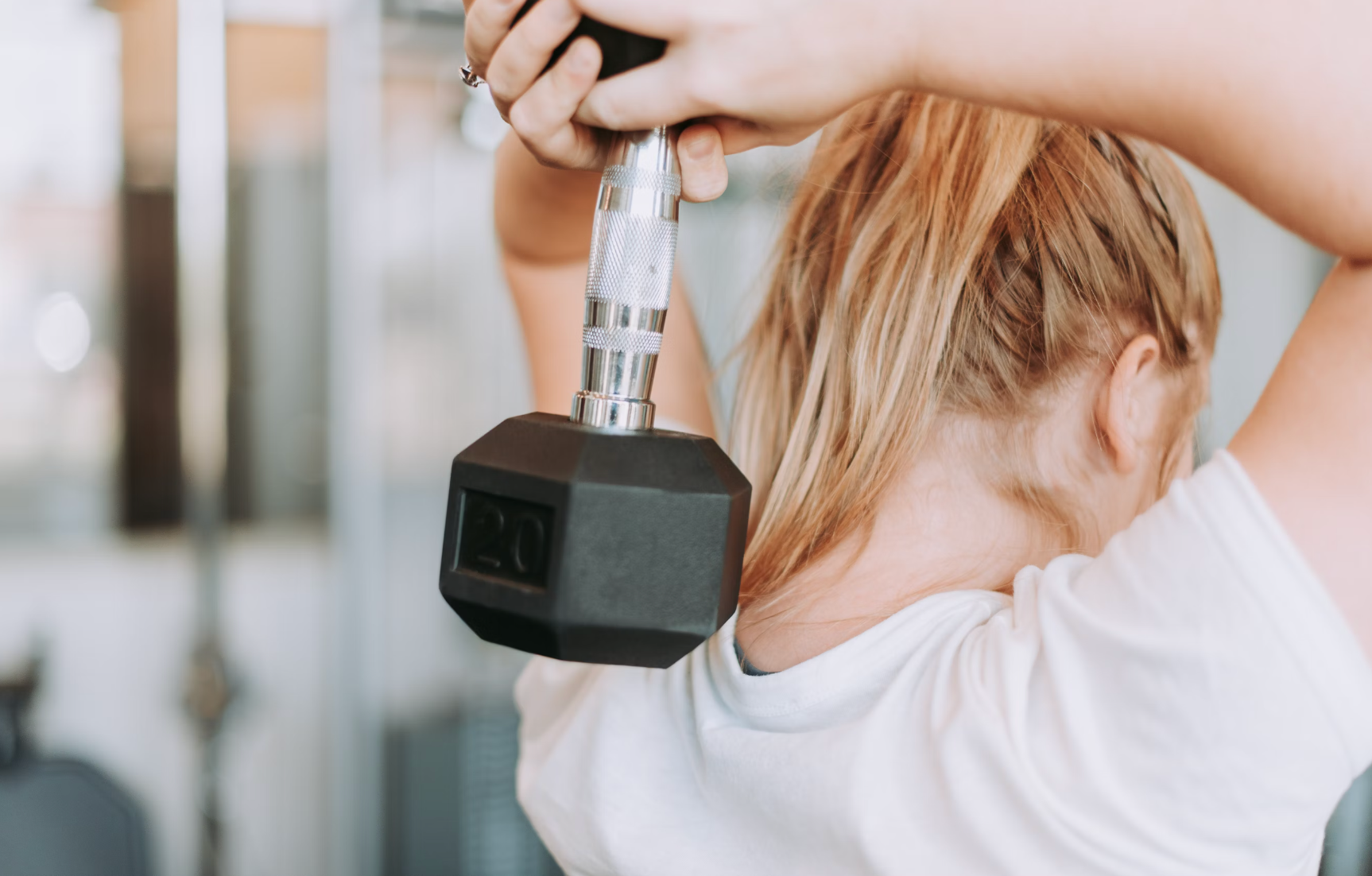Physical Fitness Linked to All Gait Parameters for Women with Fibromyalgia
Cardiorespiratory fitness showed the strongest association with gait parameters for women with fibromyalgia.
Credit: Unsplash

A new study found maintaining good levels of moderate-to-vigorous physical activity, physical fitness, and appropriate weight balance is linked to improved gait parameters in women with fibromyalgia.1
“Our results support that individual associations of fat percentage and gait parameters observed in the literature might be mainly moderated by individuals’ MVPA and/or physical fitness levels,” wrote investigators, led by Sergio Llorente-Romero, from the GALENO Research Group at the University of Cádiz in Spain.
Assessing gait parameters can help monitor patients' general health and functional status to ensure they receive timely interventions.2 Poor gait parameters, such as slow walking, are indicators of a decline of physical function in elderly populations and may predict the need for falls, disability, hospitalization, and mortality.1
Patients with fibromyalgia face a lot of unpleasant symptoms and might be afraid of exerting themselves with physical activity. This promotes greater sedentary behaviors for patients with fibromyalgia and comparable physical fitness levels to those of elderly populations.
Investigators conducted a cross-sectional study to assess the individual and independent associations of moderate-to-vigorous physical activity, sedentary time, fat percentage, and physical fitness with gait parameters in 84 women with fibromyalgia. They leveraged participants from the al-Ándalus project; here, participants from Andalusia in southern Spain who had fibromyalgia associations were contacted through informative meetings, flyers, e-mail, and the local online newspaper. Patients were included in the study if they were previously diagnosed with fibromyalgia by a rheumatologist, a woman, and ≤ 65 years old.
Participants self-reported their age, marital status, educational status, and occupation. They were provided an accelerometer device and instructed on how to use it and how to fill out a sleep diary. Other measures included the symptom severity scale to measure the severity of fatigue, waking up unrefreshed, cognitive symptoms, headaches, pain or cramps in the lower abdomen, and depression.
Participants completed the Mini-Mental State Examination questionnaire to rule out people with dementia.
The team assessed moderate-to-vigorous physical activity and sedentary time with accelerometry, fat percentage with bioimpedance analysis, and physical fitness with field-based fitness tests. Additionally, gait, categorized in velocity, cadence, step length, step cycle duration, unipedal stance phase, and bipedal stance phase was assessed with a 6-minute walk test.
Physical activity was measured by wearing a triaxial accelerometer on an elastic belt placed on the waist for 9 consecutive days; data from the first and last day, as well as sleeping time, was excluded. Fat percentage and weight (kg) were measured by bioelectrical impedance analysis; participants were not allowed to shower, perform intense physical activity, or drink in the 2 hours before the measurement and could only wear underwear—no metal objects. Height was measured without shoes.
Participants completed different physical activity tests to assess lower-body flexibility, upper-body flexibility, lower-body strength, agility, and dynamic balance. Like gait, cardiorespiratory fitness was assessed with a 6-minute walk.
The team analyzed individual relationships by partial correlations and independent relationships by linear regressions, adjusted by age and height.
Investigators found moderate-to-vigorous physical activity, sedentary time, fat percentage, and physical fitness were linked to most gait parameters (P ≤ .05). Physical fitness was linked to all gait parameters (P ≤ .002), moderate-to-vigorous physical activity was correlated with velocity and step length (P = .004), and fat percentage was linked to bipedal stance phase (P = .049). Fat percentage was negatively associated with velocity.
When looking at individual associations, most physical fitness components were positively associated with velocity, cadence, step length, and unipedal stance phase (P < .05) but not for upper-body flexibility with velocity and cadence, and lower- and upper-body flexibility and upper-body strength with unipedal stance phase (P > .05). Global physical fitness was also positively associated with velocity, cadence, step length, and unipedal stance phase (P < .01) and negatively associated with step cycle duration and bipedal stance phase (P < .01). Cardiorespiratory fitness showed the strongest association, followed by dynamic agility.
“Although we cannot assume the causality of the association due to the cross-sectional design of this study, it has been hypothesized that improving cardiorespiratory fitness might improve gait parameters through a restructuring in the central nervous system or by activating cortical areas involved in walking such as the prefrontal cortex,” investigators wrote.
Investigators wrote the data was limited by the cross-sectional design and choosing the sample by convenience.
Overall, good levels of moderate-to-vigorous physical activity, physical fitness, and adequate weight balance were linked to improved gait parameters in women with fibromyalgia.
“The results seem to encourage women with fibromyalgia to exercise by focusing on improving physical fitness, which is usually accompanied by MVPA promotion and fat percentage reductions,” investigators concluded. “These relationships should be further studied through experimental research.”
References
- Llorente-Romero S, Herrador-Colmenero M, Acosta-Manzano P, Borges-Cosic M, Gavilán-Carrera B, Latorre Román PÁ, Delgado-Fernández M, Segura-Jiménez V. Association of Moderate-to-Vigorous Physical Activity, Sedentary Time, Fat Percentage, and Physical Fitness with Gait Parameters in Women with Fibromyalgia: The Al-Ándalus Project. Biomedicines. 2024; 12(4):829. https://doi.org/10.3390/biomedicines12040829
- Canonico M, Desimoni F, Ferrero A, et al. Gait Monitoring and Analysis: A Mathematical Approach. Sensors (Basel). 2023;23(18):7743. Published 2023 Sep 7. doi:10.3390/s23187743